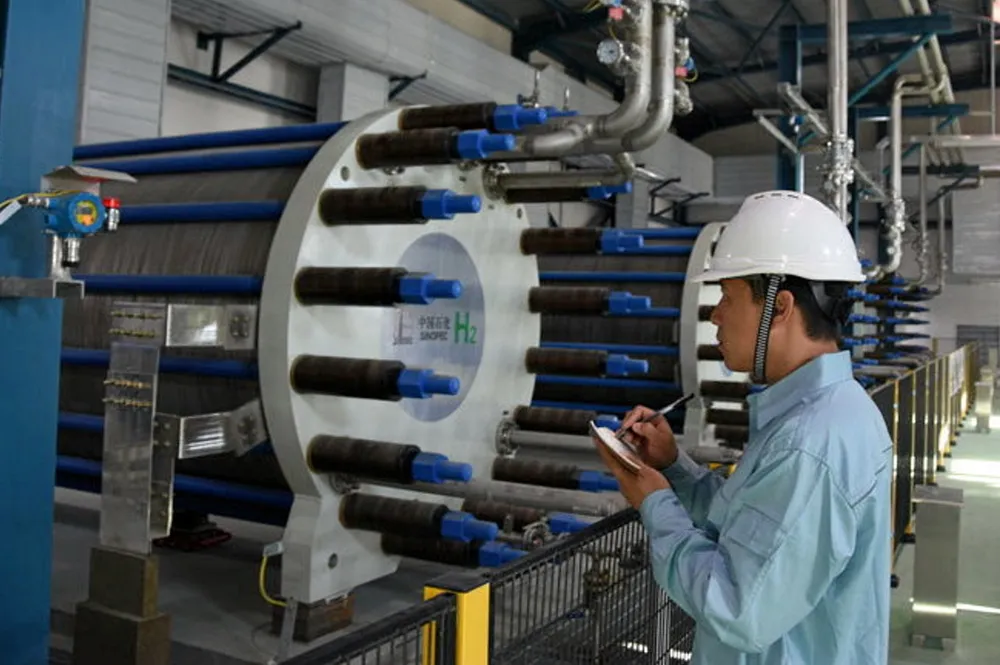Green hydrogen | 'Electrolysers have not fully demonstrated that they are compatible with intermittent renewables': BNEF
Why the minimum working load of electrolysis systems is crucial to the levelised cost of renewable H2

Why the minimum working load of electrolysis systems is crucial to the levelised cost of renewable H2
